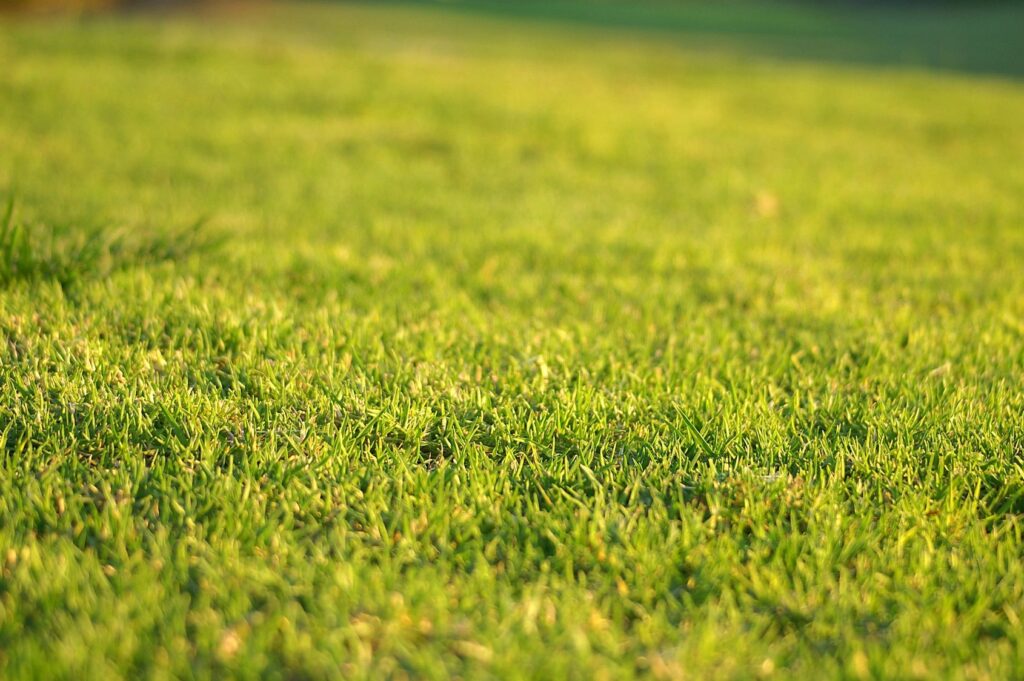By, the Old Guy with the Ponytail
Someone once said “you can grow grass on a rock, just give it what it needs,” but the quality of your lawn starts with the soil. Turf is sustained by the water and nutrients it pulls from the soil. The qualities of the soil, both physical and chemical, contribute to moisture and nutrient availability.
Physical analysis
Determines the sand, silt and clay content of a soil. The difference in the top layer (top soil) and the soil below (sub soil) is the organic matter contained in the top layer. The organic content of the soil is the living, breathing portion of the soil that is continually breaking down. It is dead and decaying plant and animal material, providing a food source for the grass. The grass grows primarily in the top soil. The depth and quality of the topsoil layer is almost solely responsible for turf quality.
Along with the physical analysis and organic content; the drainage characteristics of the soil play a paramount role in turf quality. Both the physical and chemical qualities of the soil affect drainage characteristics.
Soil Physical Evaluation: Soil Quality
When every other aspect of soil quality is addressed and considered optimum; moisture management inevitably becomes the limiting factor in further turf improvement. Moisture management considers not only providing adequate moisture thru supplemental irrigation, but also managing the ability of the soil to drain. A well-draining soil allows for roots to grow, the exchange of gases, nutrient availability and retention and evacuation of moisture.
Physical analysis is an important consideration when determining a moisture management strategy. A well aggregated soil has large (macro) pore spaces for exchange of oxygen and other gases, and smaller (micro) pores that hold water after excess water has drained. A sandy soil drains well but may not have enough micro pores to support grass without supplemental irrigation. For the totally opposite reason, a heavy clay soil may not hold enough water due to soil compaction. Lawn topography is also a consideration. It is not only important that water be able to infiltrate the soil but it is also important that excess water be able to drain away, either by surface drainage or a subsurface drainage system.
Soil Physical Evaluation: Soil By Area
Heavy textured (North Jersey) clay soil is the predominant soil in our area. Heavy textured soil typically compacts throughout the growing season, minimizing pore space. Compaction can be caused by many different factors. Constant cycling of wet to dry can cause the soil to draw together tighter and tighter. Just the pounding of the rain on a bare soil can cause compaction. The most obvious cause of compaction is by traffic such as mowing or foot traffic. It is said that grass grows by the inch but is killed by the “foot”.
Whatever the cause, compaction removes air space from the soil causing an increase in soil density. This minimizes moisture holding capacity, drainage characteristics, nutrient availability and root development and as a result minimizes turf quality.
Contact us today for any questions you may have!


Leave a Reply